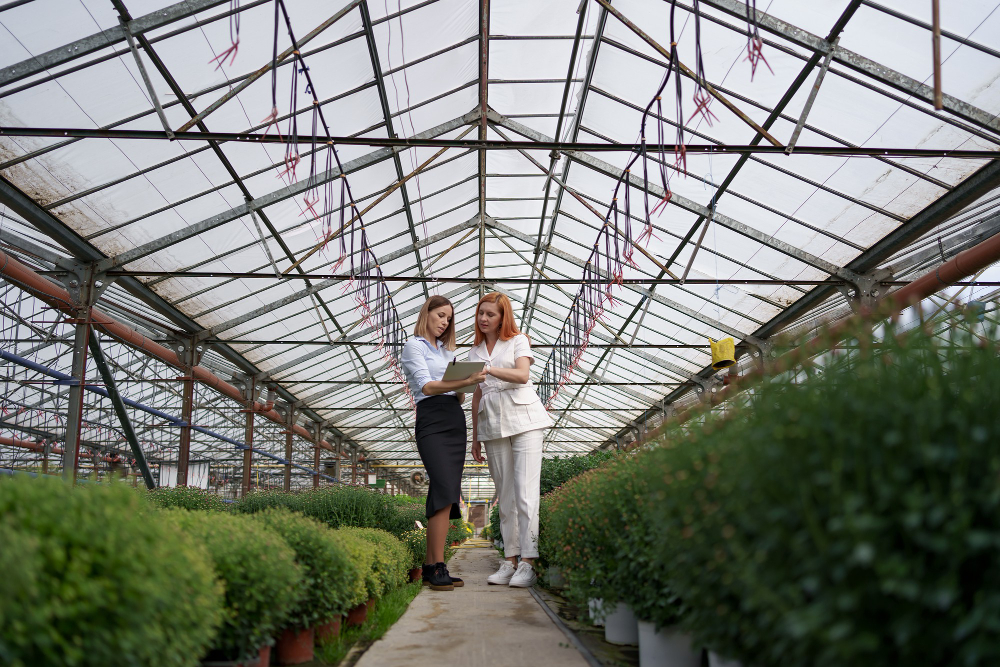
5 Tips for Building and Maintaining a Successful Small Greenhouse
Small greenhouses are becoming increasingly popular among homeowners who want to grow their vegetables, herbs, and fruits. A small greenhouse allows you to extend the growing season, protect your plants from harsh weather conditions, and enjoy fresh produce all year round. However, building and maintaining a successful small greenhouse requires careful planning and attention to detail. This blog post will discuss five tips to help you develop and maintain a successful small greenhouse. Introduction to Small Greenhouses A small greenhouse is typically defined as a structure that measures less than 20 feet in length and width. These structures come in various shapes and sizes, including rectangular, circular, and hexagonal designs. The choice of design depends on personal preference and available space. Small greenhouses can be made using different materials such as wood, plastic, metal, or glass. Each material has advantages and disadvantages, so choosing one that suits your needs and budget is essential. Choosing the Right Location for Your Greenhouse The location of your small greenhouse is critical to its success. You must select an area that receives plenty of sunlight throughout the day. Ideally, the site should receive at least six hours of direct sunlight daily. Additionally, the soil
read more →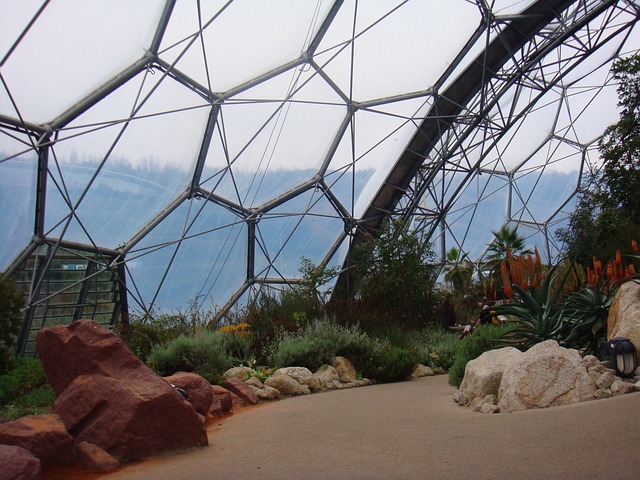
Transform Your Greenhouse into an Eco-Friendly Haven with Solar Heat
Greenhouses are a great way to grow plants and produce all year round, but they can also be expensive to heat. That's where solar heating comes in! Using the sun's power, you can transform your greenhouse into an eco-friendly, energy-efficient, and cost-effective haven. In this blog post, we will explore everything you need to know about solar heating for greenhouses, including its benefits, how to choose the right system, and examples of successful eco-friendly greenhouses powered by solar energy. Introduction to Solar Heating for Greenhouses Solar heating works by capturing the warmth from the sun and transferring it into your greenhouse. This can be done through various methods, such as solar panels or collectors, which absorb the sun's rays and convert them into usable heat. The heat generated by these systems can warm the greenhouse air, making it ideal for growing plants even during colder months. The Benefits of Using Solar Solar heater for greenhouse There are many benefits to using solar energy in your greenhouse. First and foremost, it is a renewable source of energy that won't run out like traditional fossil fuels. Additionally, it is much cheaper than electricity or gas, meaning you could save money on your
read more →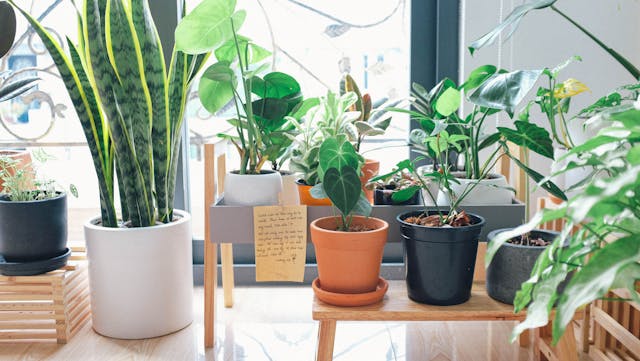
How to Build a Successful Greenhouse Business from Scratch
Are you ready to start your own greenhouse business? If so, this article is for you. Building a successful greenhouse business from scratch requires careful planning and execution of several key steps. This guide will cover everything you need to know about starting your greenhouse business. Introduction to Greenhouse Business Greenhouses are used to grow crops in controlled environments that allow farmers to produce high-quality plants year-round. With the increasing demand for fresh fruits and vegetables, many people have turned to greenhouse farming to generate income while providing healthy food options to their communities. Choosing the Right Location for Your Greenhouse The first step in building a successful greenhouse business is choosing the correct location. You want to find an area with plenty of sunlight, good drainage, and access to water. It's essential to consider your region's climate and weather patterns when selecting a site for your greenhouse. For example, if you live in an area prone to harsh winters or extreme temperatures, you may need specialized equipment to maintain optimal growing conditions. Selecting the Best Crops to Grow Once you have selected the perfect location for your greenhouse, it's time to choose which crops to grow. Some popular choices
read more →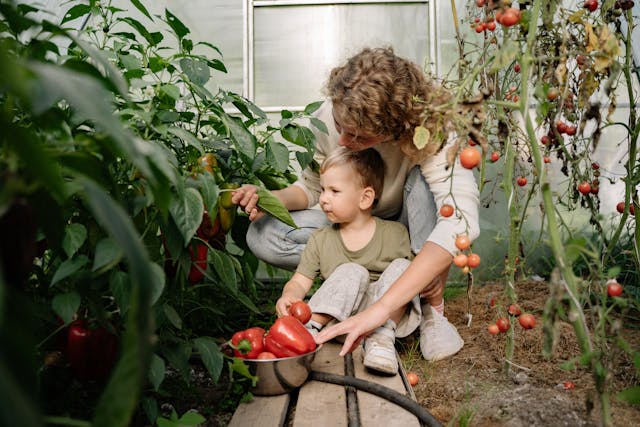
Increase Your Yield: Why You Need a Large Greenhouse
Introduction to Large Greenhouses Large greenhouses are becoming increasingly popular among gardeners and farmers alike. These structures allow you to grow your plants in a controlled environment, which means you can enjoy fresh produce all year round. A large greenhouse is perfect for those who want to take their gardening to the next level and increase their yield. The Benefits of a Large Greenhouse One of the main benefits of having a large greenhouse is that it allows you to grow more plants than you would be able to in a smaller structure. This means you can increase yield and have plenty of fresh produce to eat or sell. Additionally, a more significant greenhouse provides better air circulation, which helps prevent disease and pests from spreading throughout your crops. Another benefit of a large greenhouse is that it gives you greater control over the growing conditions. With a larger space, you can create different environments for different types of plants. For example, you could make a warm and humid area for tropical plants and a cooler and drier area for herbs and other low-light plants. Choosing the Right Large Greenhouse for Your Needs There are several factors to consider when
read more →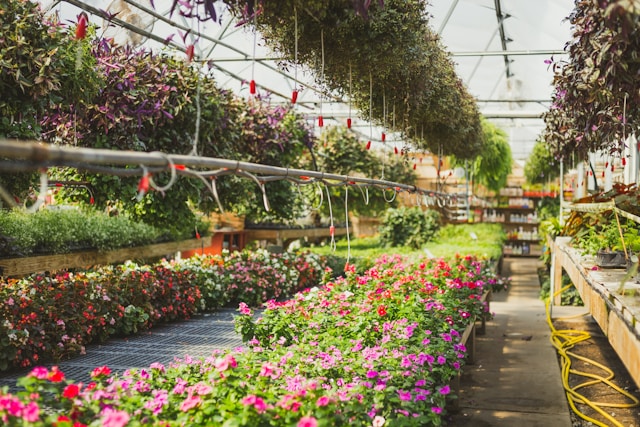
How to Choose the Perfect Greenhouse for Your Garden Needs
Are you ready to take your gardening game to the next level? If so, then a greenhouse might be just what you need. With a greenhouse, you can grow plants year-round and extend your growing season by several months. But with all the different types of greenhouses for sale, how do you know which one is right for you? In this article, we'll walk you through everything you need to consider when choosing a greenhouse and give you some tips for buying the perfect one. Let's get started! Introduction to Greenhouse Gardening Greenhouse gardening has become increasingly popular thanks to its many benefits. A greenhouse allows you to create an ideal environment for your plants, with controlled temperature, humidity, and light levels. This means you can grow crops that would otherwise not thrive in your area or during certain times of the year. Additionally, greenhouses allow you to start seeds earlier in the spring and extend your harvest into the fall. Plenty of options are available regarding size, style, and materials, making it easy to find a greenhouse that fits your needs and budget. Types of Greenhouses for Sale - Greenhouse for sale There are several different types of greenhouses
read more →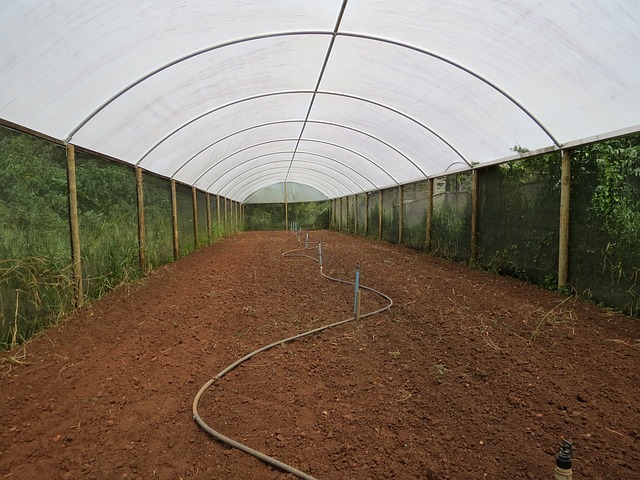
How to Choose the Right Greenhouse for Your Gardening Needs
Are you ready to take your gardening game to the next level? A greenhouse might be just what you need. You can grow plants year-round and extend your growing season with a controlled environment. But how do you choose the suitable greenhouse for your needs? Read on to find out! Introduction to Greenhouse Gardening - Greenhouse for sale Greenhouses are perfect for those who want to take their gardening to the next level. They allow you to control the environment in which your plants grow, providing them with optimal conditions for growth. A greenhouse is an excellent investment whether you're looking to start seedlings early or grow vegetables during the winter months. Choosing the Right Size and Shape for Your Needs The first step in choosing a suitable greenhouse is determining the size and shape best suits your needs. Consider the space in your yard, how much room you'll need for your plants, and any additional equipment like benches or shelves. You may also consider whether you plan to expand your garden, as a giant greenhouse could accommodate these plans. Materials and Frame Types to Consider Once you have determined the size and shape of your greenhouse, it's time to
read more →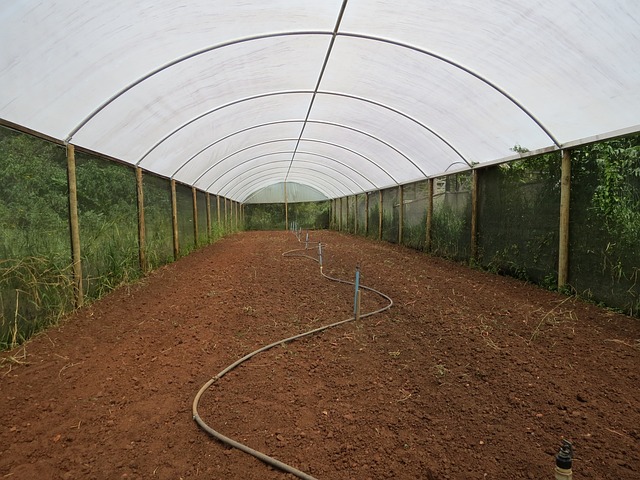
Innovative Ways to Heat Your Greenhouse During the Winter Months
Introduction to Greenhouse Heating Greenhouses are an excellent way to grow plants and crops year-round, even during winter when temperatures drop. However, keeping your greenhouse warm can be challenging, especially in a colder climate. In this article, we will explore innovative ways to heat your greenhouse during winter while discussing the benefits of using renewable energy sources. Types of Greenhouse Heaters There are several types of heaters available for greenhouses, including: 1. Electric heaters are the most common type of heater used in greenhouses as they are easy to install and maintain. They work by converting electricity into heat through resistance coils or elements. 2. Gas heaters use natural gas or propane to generate heat through combustion. They are more efficient than electric heaters but require professional installation and regular maintenance. 3. Solar heaters use solar panels to absorb sunlight and convert it into heat. These systems are expensive to install but have low operating costs and are environmentally friendly. 4. Geothermal heaters use the earth's natural heat to warm the greenhouse. They are costly to install but have low running costs and are highly efficient. Innovative Ways to Heat Your Greenhouse During the Winter Months While traditional heaters work
read more →
Build Your Greenhouse with DIY Kits: A Beginner's Guide
Are you ready to take on the challenge of building your greenhouse? If so, DIY greenhouse kits are an excellent option for beginners. This guide will walk you through everything you need to choose and make your greenhouse with a DIY kit. Let's get started! Introduction to DIY Greenhouse Kits A DIY greenhouse kit is a prefabricated package containing all the materials and instructions necessary to build your greenhouse. These kits come in various sizes and styles to suit different needs and budgets. They can be made from aluminum, wood, or plastic. The beauty of using a DIY greenhouse kit is that it takes away much of the guesswork in building a greenhouse from scratch. With a DIY kit, you don't have to worry about calculating the proper dimensions or sourcing the correct materials - it's all done for you. Choosing the Right Greenhouse Kit for Your Needs When selecting a DIY greenhouse kit, there are several factors to consider. Firstly, consider the size of your garden space and how much room you have for a greenhouse. You should also consider the type of plants you want to grow and the climate in which you live. Some greenhouses are better
read more →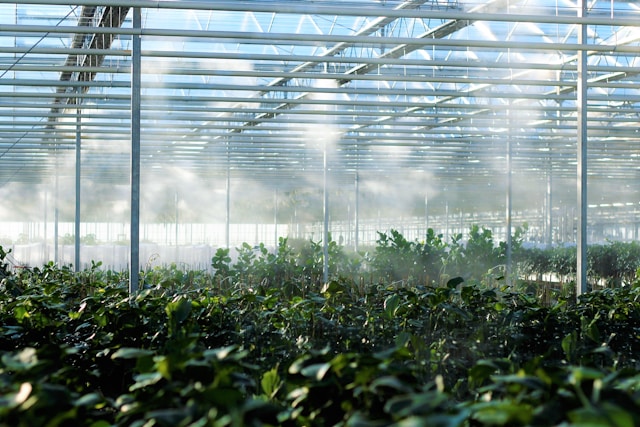
Tips and Tricks for Growing Vegetables in a Greenhouse Year-Round
Growing vegetables in a greenhouse can be an enriching experience for your taste buds and wallet. You can grow fresh produce year-round, even in colder climates, with the right tips and tricks. In this blog post, we'll cover everything you need to know about growing vegetables in a greenhouse, from choosing the right type of greenhouse to harvesting and storing your vegetables. Let's get started! Introduction to Greenhouse Gardening Greenhouses are miniature versions of the Earth's atmosphere, allowing plants to thrive in controlled conditions. They protect from extreme weather conditions, such as heavy rain or snow, while allowing gardeners to control temperature, humidity, and light levels. By creating the perfect environment for plant growth, greenhouses allow growing vegetables year-round, even in areas with cold winters. Choosing the Right Type of Greenhouse Many different types of greenhouses are available on the market today, each with unique features and benefits. The most common types include: Hoop houses: These low-cost structures are made from PVC pipes bent into a semi-circle shape. They are easy to assemble and disassemble, making them ideal for temporary use. Lean-to greenhouses: These structures are attached to existing buildings, such as homes or barns. They are typically less expensive
read more →
The Benefits of Growing Plants Indoors with a Small Greenhouse
Small greenhouses are becoming increasingly popular among homeowners who want to grow their plants and vegetables but don't have the space or resources for a full-sized greenhouse. In this blog post, we will explore the benefits of growing plants indoors with a small greenhouse and tips on choosing the right one for your needs and ensuring successful plant growth in a small greenhouse . Introduction to Small Greenhouses A small greenhouse is typically defined as any structure that measures less than 10 feet wide by 8 feet long. These structures can be made from plastic, glass, metal, or wood. They come in different shapes and sizes, so you should consider what type of plants you plan to grow before choosing a specific model. One of the main advantages of using a small greenhouse is that it allows you to control the environment in which your plants grow. To create an ideal plant-growing climate, you can regulate temperature, humidity, light exposure, and air circulation. This level of control helps prevent pests and diseases, ensuring healthier plants overall. Another benefit of growing plants indoors with a small greenhouse is extending the growing season. Even if you live in a region with harsh
read more →